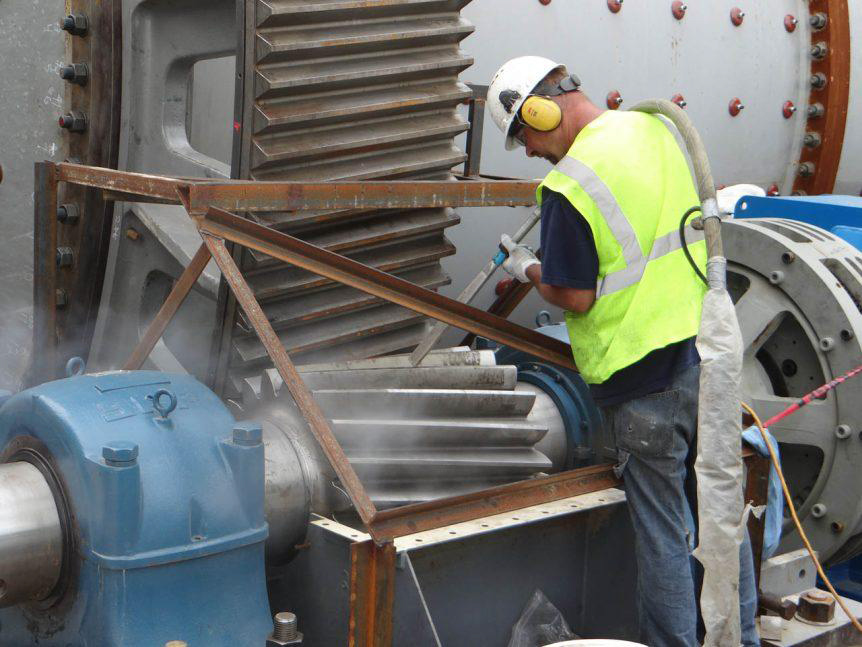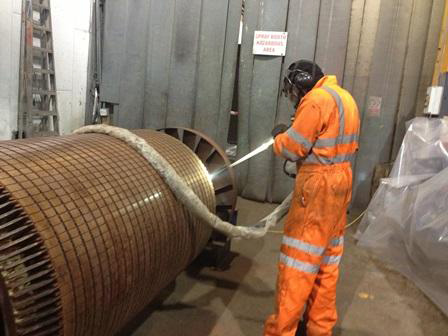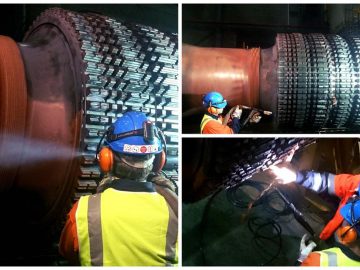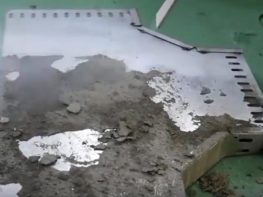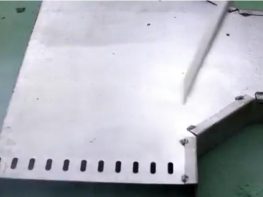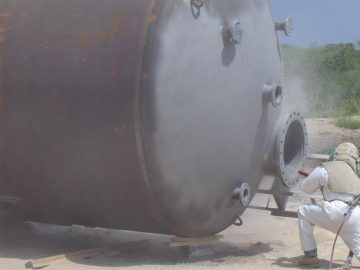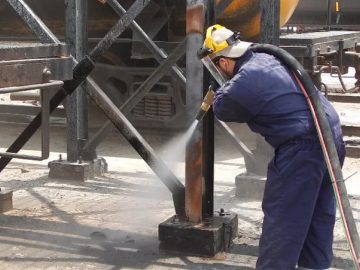Cement Industries
Cement
Removing Environmental Staining, salts, nitrates, phosphates, soot, smoke, heavy soiling, efflorescence, graffiti, etc., is often the first improvement for proper maintenance of concrete. If contaminants become too heavy, they can contribute to accelerated deterioration, loss of detail, and gradual erosion of the concrete itself.
The cleaning process you choose to remove these contaminants from concrete driveways, patios, parking structures, curbing, and even bridges must be carefully considered before arriving at a decision to proceed. The process may range from ineffective, to harsh and damaging causing disfigurement.
Blasting as it is now known is a very efficient way to treat a range of surfaces for a variety of purposes. The process works by firing the medium (Abrasive), either by compressed air or water, at a very high pressure, which cleans the surface. Blasting can be used to smooth a rough surface, or vice versa, and it is the ideal way to remove surface contaminants prior to applying a protective coating.
This refers to the material that is propelled under extreme pressure, and there are many different materials used, all having one thing in common, in that they are all small particles. Sand is no longer used as it was discovered that blasting with sand can cause silicosis if inhaled, but the range of materials gives the operator a choice of finishes and by selecting the right medium, the end result will be satisfactory.
This innovative method uses recycled crushed glass mixed with water and is an excellent way to strip paint and coatings from just about any surface. The liquid is forced onto the surface at very high speeds and the surface will not warp due to excessive heat, as the water keeps the area cool. Dustless blasting is a cutting edge method used widely used across a range of industries, and it provides the best adhesion if the surface is to be painted. It is also the most environmentally friendly way to sandblast, and is much faster than any other method.
Electrical Equipment & Power Plants
Electric Motors
Cleaning with dry ice allows electric motors to be cleaned in place, saving time and money through reduced labor and equipment downtime. The dry process means no secondary media waste and minimal clean up. The non-abrasive nature of dry ice cleaning means no damage to small parts.
Generators
Dry ice blasting cleans electrical generating equipment, reducing downtime from overheating. Dry ice blasting also allows the units to be cleaned in place without damage to cables and insulation.
Turbines
Dry ice blast cleaning is perfect for turbines. Dry ice blasting is non-abrasive allowing the cleaning of deposits and other foreign materials without distorting the blade.
Small Components
Dry ice blasting requires no solvents to remove surface residue material from small components as they move along the assembly line. The non-abrasive nature of dry ice blasting means no damage to plated surfaces. Dry ice blasting also removes masking wax used in specialized plating processes.
Insulators & Switches
Dry and non-conductive, dry ice blasting uses very dry compressed air and “hot stick” dry ice blasting nozzles to clean energized switch gear. Arc-over-causing dirt is removed with no equipment downtime. Dirt-laden cable trays can be cleaned with dry ice blasting without worrying about solvent fallout or cable damage from cleaning tools.
Cable Ways & Trays
Dry ice blasting is the simplest and quickest way to clean cable trays and ways. Cleaning with dry ice removes accumulated dirt, grit and other foreign materials without damaging the cable insulation or shielding.
Power Plants & Substations
During summer peak electric power loads, power plant operators need all generators working at peak efficiency. Dry ice blasting allows power generation equipment to work at optimal efficiency, potentially preventing catastrophic failure such as flashovers.
Dry ice blasting cleans electrical equipment in place, reducing equipment downtime and the labor cost of disassembling equipment, while minimizing the potential for damage. Since dry ice sublimates, secondary waste cleanup is minimized and no solvent disposal or drying-time is needed.
Blasting Applications
| Electrical | Facility Equipment | Manufacturing | Power Generation | Real Estate | Restoration |
|---|---|---|---|---|---|
| AC/DC Motors | Conveyors | Plastic Molds | Turbine | Escalators | Fire Restoration |
| Electrical Boxes | Conveyor Chains | Industrial Ovens | Substation Isolator | Stairwells | Historic Restoration |
| Circuit Breakers | Cooling Fans | Weld Lines | Bushings | Gum Pollution | Mold Remediation |
| Forklifts | Foundry Molds | Switch Gear | Building Exteriors | Boat Hulls | |
| Fleet Vehicles | Printing Presses | Transformer | Walls | ||
| Pipes and Hoses | Resin Removal | Rotor | Ceilings | ||
| General Equipment | Tank Cleaning | Armature | Graffiti Removal |

